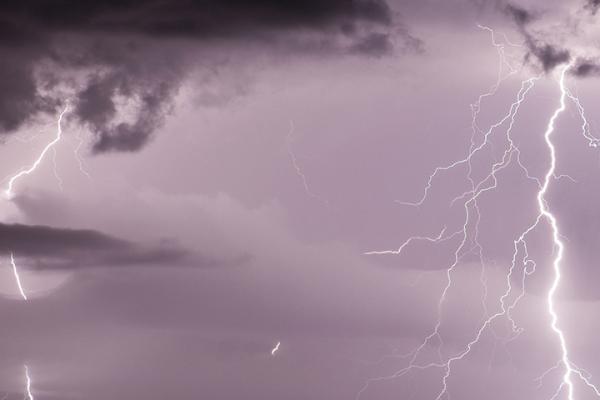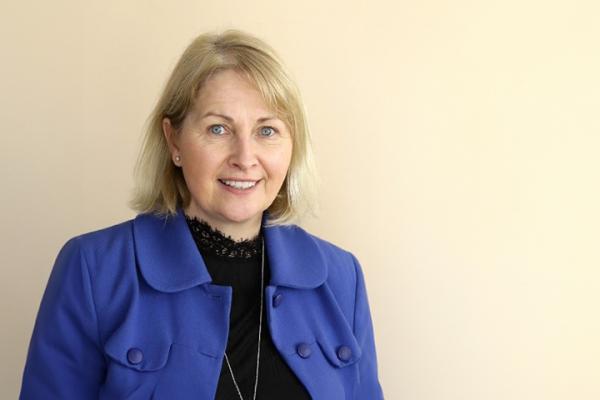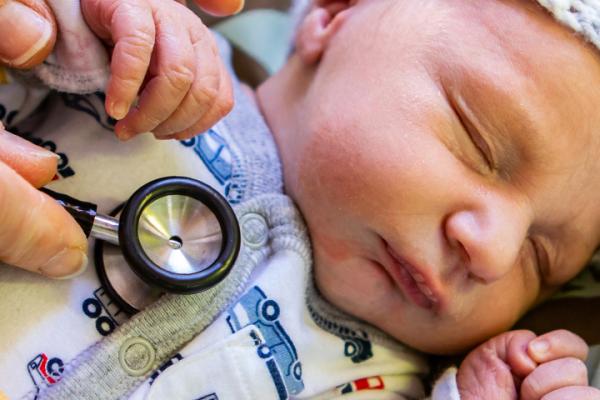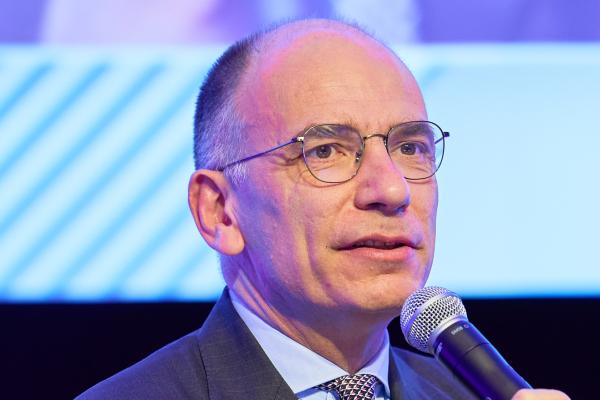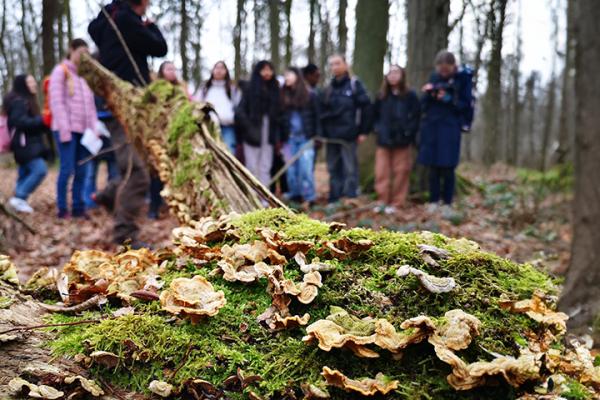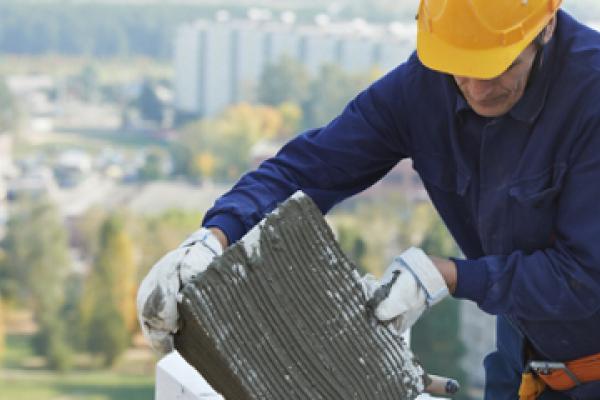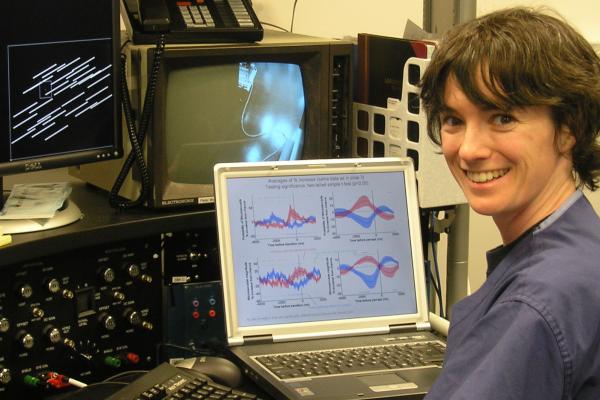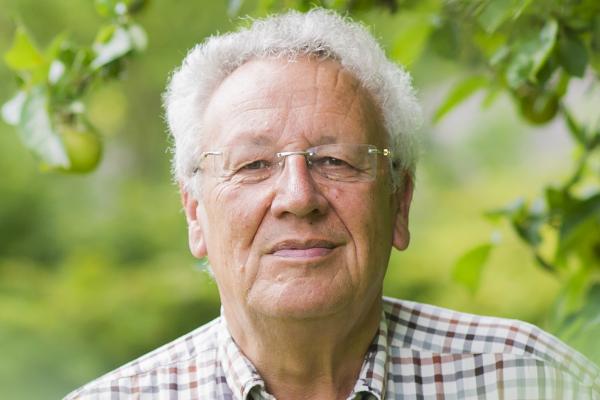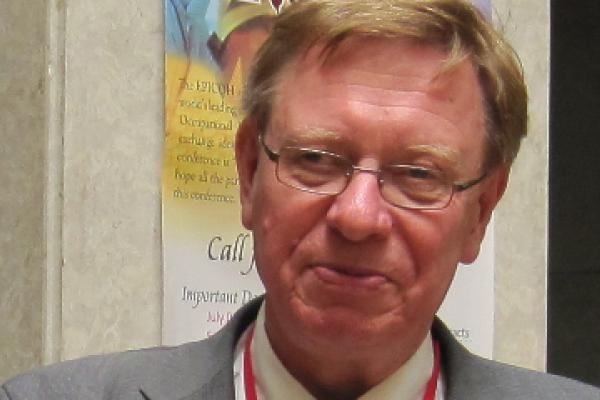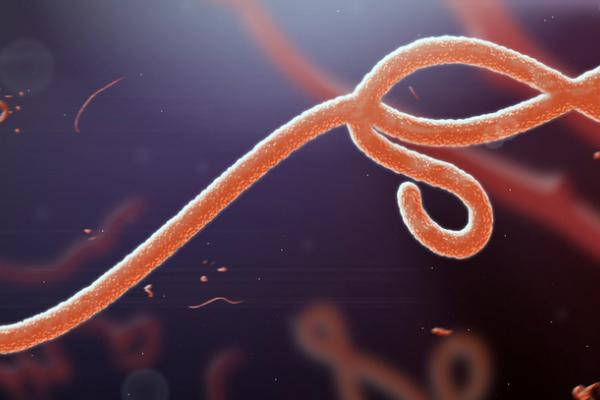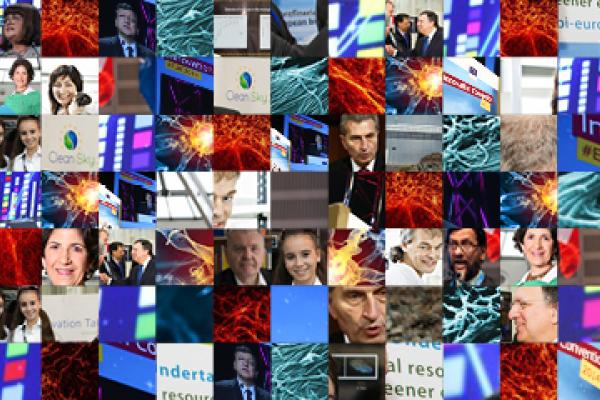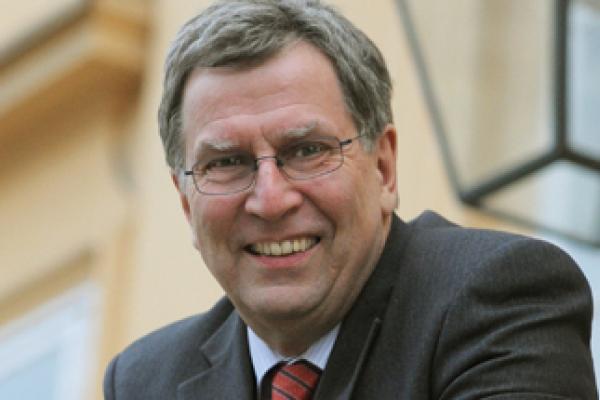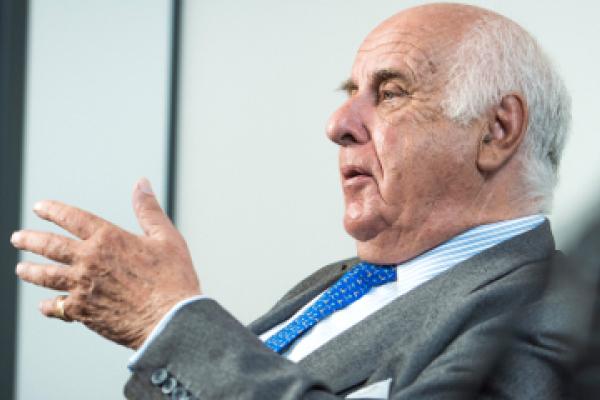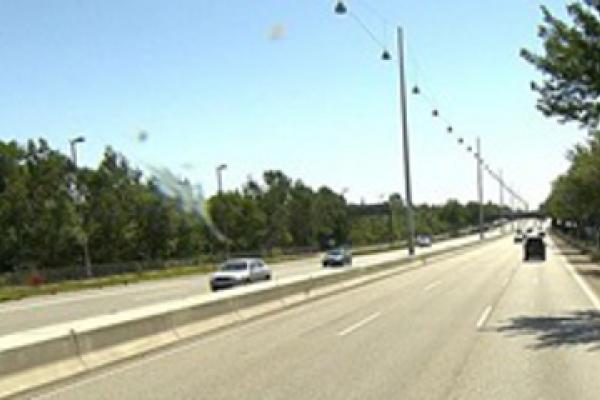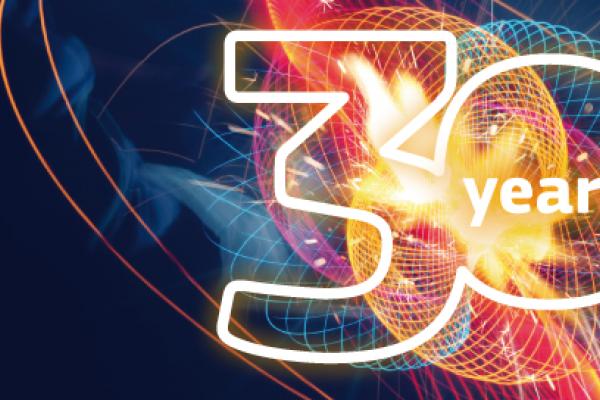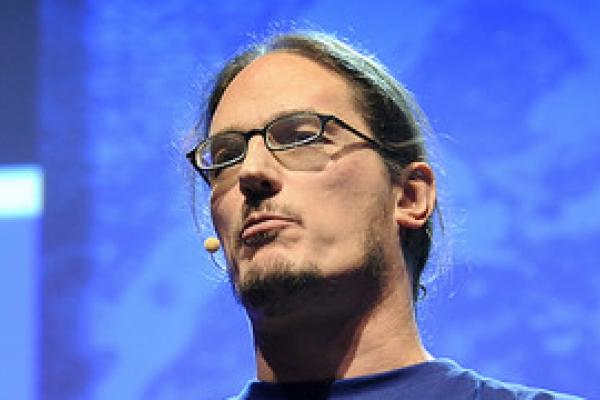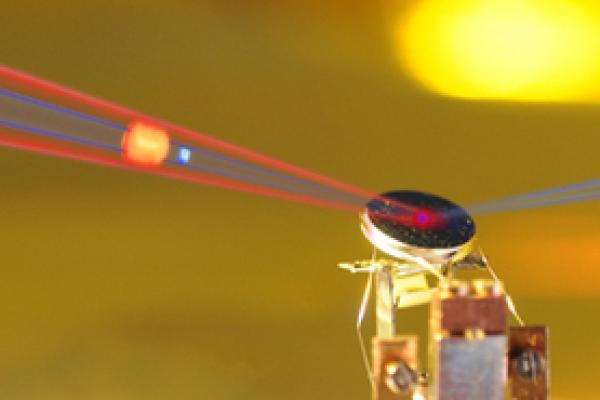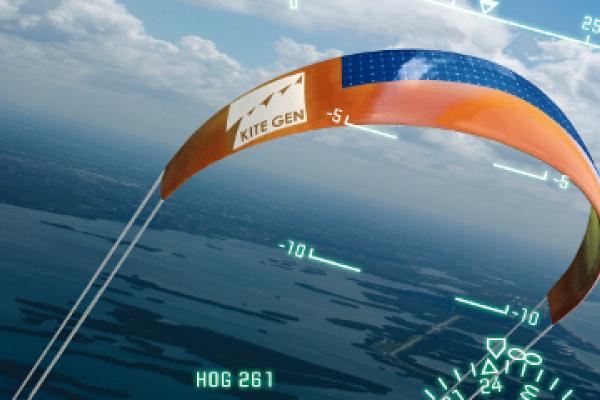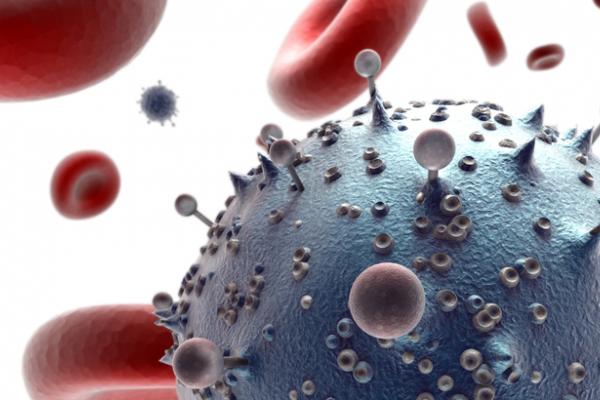EU-funded researchers are exploring new ways to learn that make science more relevant to everyday life – and more fun.
Special series

Researchers on a mission
The EU is on a mission with researchers to protect our planet and society.
By helping researchers discover new ways to improve people’s lives, and to protect us from climate change and global health shocks, the EU is building a better future for all of us.
Most popular
-
1
-
2By Andrew Dunne
-
3By Horizon Staff
-
4By Helen Massy-Beresford
-
5
Top videos
Miracle material enters the limelight with European help
14 July 2024
Pioneering care for preemies – from artificial placentas to brain-healing stem cells
12 July 2024
Past articles
Nanomaterials are revolutionising electronics, paints, construction materials and even cosmetics. But are nanomaterials safe? Scientists are optimistic that the answer is yes, but a major European research effort aims to make sure.
In recent decades researchers have travelled abroad in greater and greater numbers, and it’s helped a generation of scientists learn from each other.
Former research commissioner Philippe Busquin explains how on taking office in September 1999 he began to champion the idea of a European Research Area (ERA). Thanks to an exceptional set of circumstances, the ERA became part of the EU policy agenda in March 2000, setting the scene for a new level of scientific cooperation across the EU.
Professor Kai Savolainen, director of the Nanosafety Research Centre at the Finnish Institute of Occupational Health in Helsinki, coordinates the NanoSafety Cluster. He believes more needs to be done to understand the risks of nanotechnology.
Nanomaterials are no more risky than many of the chemicals and materials already used in industry, that’s the finding so far of scientists taking part in a research campaign to make sure they are safe.
Horizon looks at the big implications of the science of the very small, from the promise of microscopic machines that kill damaged cells, to the search for ways to make sure that nanomaterials are safe.
A vaccine against the Ebola virus and new low-cost solar cells that use the principle of artificial photosynthesis are some of the predictions made by researchers in Horizon’s poll of major developments this year.
A handful of Nobel Prizes and the first-ever comet landing – 2014 was a good year for European Science.
The world’s brightest pulses of light will reveal things that have never been seen before, according to Professor Wolfgang Sandner, director-general of the consortium building a facility known as the Extreme Light Infrastructure (ELI), which can produce lasers that are stronger than all the world’s power stations combined.
The Framework Programmes have given Europe a leading role in science, showing that more things can be achieved by countries working together than alone, according to Étienne Davignon, European Commissioner for Industrial Affairs and Energy 1981-1985 and a former vice-president of the Commission, who introduced the First Framework Programme in 1984.
Dull, grey and boring: concrete may not be much to look at, but – along with other basic materials like paint – it is being upgraded so it can clean up pollution.
The widespread adoption of a new form of lighting could not only help dramatically reduce Europe’s energy use but also be used to improve people’s health and well-being.
In the first of a series of articles commemorating the 30th anniversary of Europe’s Framework Programmes for research, Horizon looks at how EU research funding evolved from a handful of separate programmes to become a major component of the research and innovation landscape in Europe.
From the galactic to the quantum, the science of invisibility is revealing new ways to manipulate the world, said Professor Ulf Leonhardt, from Israel’s Weizmann Institute, after giving a presentation at TEDxBrussels on 1 December.
Graphene that can be made in a kitchen blender is opening up a new world of printable electronic devices, according to Professor Jonathan Coleman, speaking after making a presentation at the TEDxBrussels conference on 1 December.
Ultra-short bursts of light are helping scientists see the movement of electrons in real time and opening up the possibility of controlling their activity, with potential applications that include super-fast computing and a window into the mechanics of chemical reactions.
Light pulses that last just a billionth of a billionth of a second are allowing scientists to view the movement of electrons in detail for the first time. In the darkest month of the year, Horizon turns its gaze towards the science of light.
Giant kites as big as two family homes are being built to harvest energy from high-speed winds up to a kilometre above the earth’s surface.
Researchers are working to increase the speed and bring down the cost of HIV tests, and the technology they are developing could have a major impact on the way the disease is treated.
Sharp-nosed citizen ‘watchmen’ are helping scientists monitor odours from industrial sites and the resulting data is being used to help fight smell pollution.
Weekly news alert




